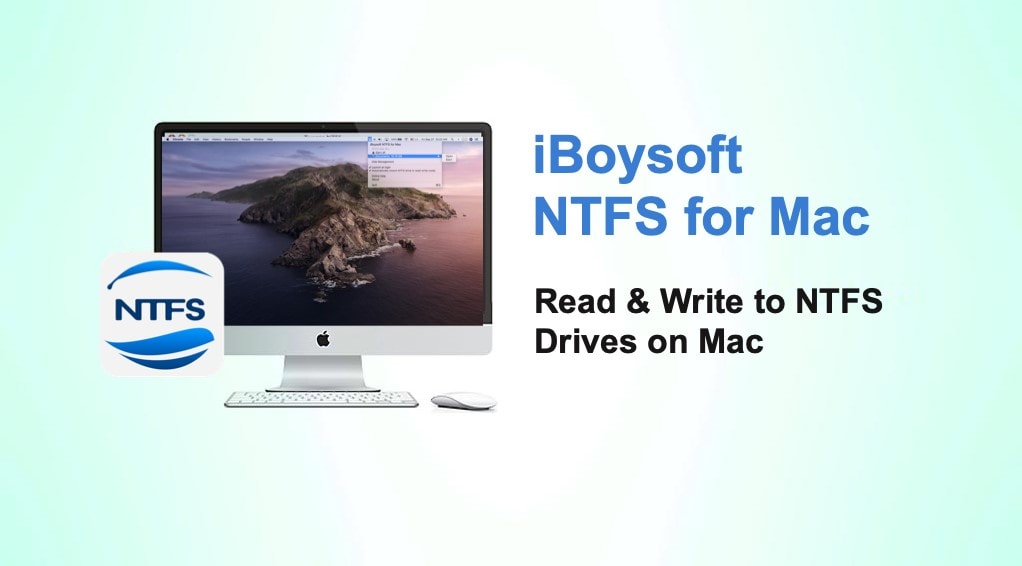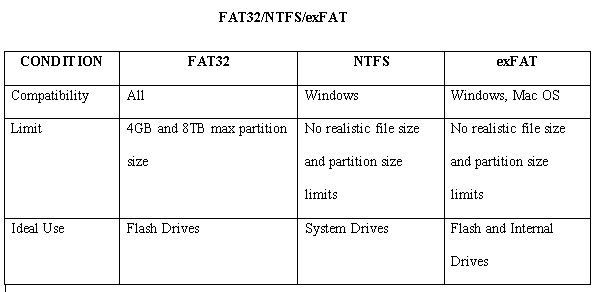

Plug your hard drive into the computer and confirm the name of the drive via Finder. I don’t know if putting an underscore in between words work. If it has two, you’d need to change it to one. Make sure your external drive has a one word name.

Finally reboot your Macbook before performing this to avoid any unforeseen conflicts. I only did this on my 1TB and 2TB Western Digital external portable hard drives. Also I did not try this on my Bootcamp partition as I wasn’t in the mood for surprises. It was completely formatted with Yosemite. NOTE: I did this on a Macbook Pro Retina with a fresh install of Mac OS Yosemite i.e the machine wasn’t upgraded from Mavericks to Yosemite. The process is quite simple and flawless but as always you’re advised to backup your Macbook before proceeding should in case something goes wrong and results in data loss. While there are third party apps out there that can enable this function, they are somewhat of pricey thus my glee when last night I discovered that you could actually write to NTFS partitions on Mac OS X by just editing a simple file called fstab. Here’s how to change the drive format to exFAT in macOS Mojave.Mac OS X by default doesn’t allow you to edit files on NTFS formatted drives be it an internal NTFS partition or an external USB flash/hard drive with NTFS format. You can change the form right from the macOS. The best way to fix this issue is to convert the NTFS drive to exFAT format so that you can easily access any file on both platforms without any interruption. Part 2: Change the Drive Format to exFATĮXFAT format isn’t compatible with macOS Mojave, so may face problems while accessing the files on NTFS drive. To undo this operation, you have to remove the line that we had added to the nano editor.

Step #9: Type “ /volumes” and proceed by clicking on “ GO.”.Step #8: Now we will access it, Launch “ Finder” and click on “ Go” and then open “ Go to folder.”.Step #7: Remove the NTFS (USB Drive) and reconnect it.Hit “ Enter” and to close the terminal press the “ CTRL+X.” Step #6: Press “ CTRL+O” which will save the file.Keep note that Replaces the NAME with the USB drive name. Step #5: Now, again type the following code.


 0 kommentar(er)
0 kommentar(er)
